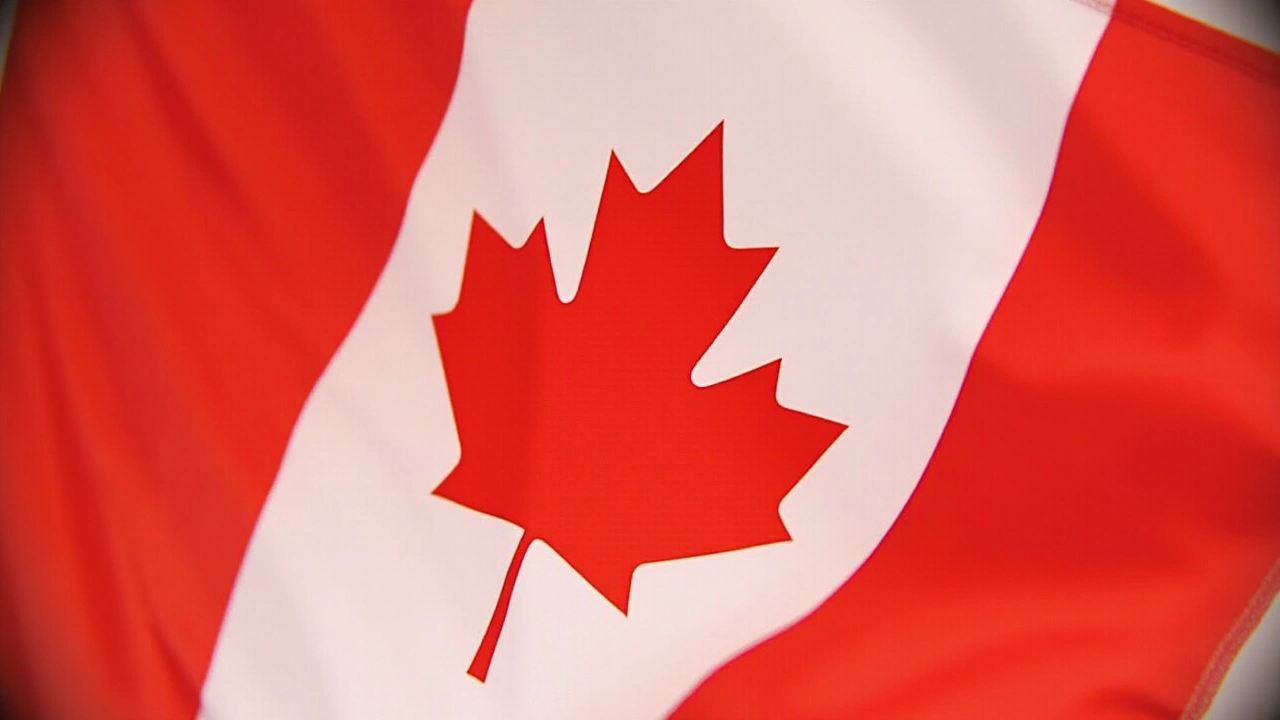Economic stability: What it means for Africa today
Kenya facing a Ksh6 billion penalty for idle loans and South Africa returning to Stage 3 loadshedding are not just headlines — they show how fragile economic stability can be. If you follow African news, you see the same thread: missed project deadlines, public protests, and power cuts that hit businesses and families hard.
What economic stability looks like
At its core, economic stability means predictable prices, reliable services, and steady growth so people can plan. For you that might mean steady food prices, a job that lasts, or a business that can count on electricity. For governments, it means managing debt, keeping inflation low, and delivering projects on time.
Look for a few concrete signs: inflation that doesn’t spike, interest rates that aren’t jumping wildly, functioning power grids, and projects that finish without repeated delays. When one of these breaks — like prolonged loadshedding from Eskom or huge fines for unused loans — the ripple effects are immediate.
Why this matters right now
Projects and policy choices shape people’s daily lives. A new 46km road can cut transport costs and boost local trade. Missed loan conditions can trigger penalties and reduce funds for health or irrigation. Protests over economic policy can scare away investors and stall reforms. These are not abstract problems — they hit wallets, jobs, and services.
Power cuts are a practical example: factories lose shifts, stores close early, and food goes bad faster. That feeds into inflation and slows growth. On the flip side, a well-run infrastructure project can create jobs and lower business costs.
So what should you watch in the news? Watch budgets and audit reports for flagged penalties, government updates on energy supply, and signs of political unrest tied to economic demands. Stories about big payrolls or transfer deals in sports might seem separate, but they show how money pressures play out in different sectors.
If you run a business or want to invest, be realistic about risks. Check whether utilities are stable, whether government projects around you are delayed, and how authorities respond to protests. Diversify supply chains and keep some cash buffer when possible.
Citizens can pressure leaders for better accountability. Ask local reps how loans will be used, demand transparency on contracts, and support measures that reduce outages. Small actions — reporting a missed deadline, joining a public audit meeting, or supporting local suppliers — add up.
Economic stability isn't one action; it's a set of steady choices by governments, businesses, and citizens. Follow the indicators, read the reports that name the problems, and think about practical steps you can take — whether that's saving a bit more, shifting suppliers, or pushing for clearer project timelines.
Want updates on specific stories that affect stability? Check our coverage on Kenya's loan penalties, Eskom loadshedding, and major infrastructure projects to see how each one changes the economic picture across the continent.
